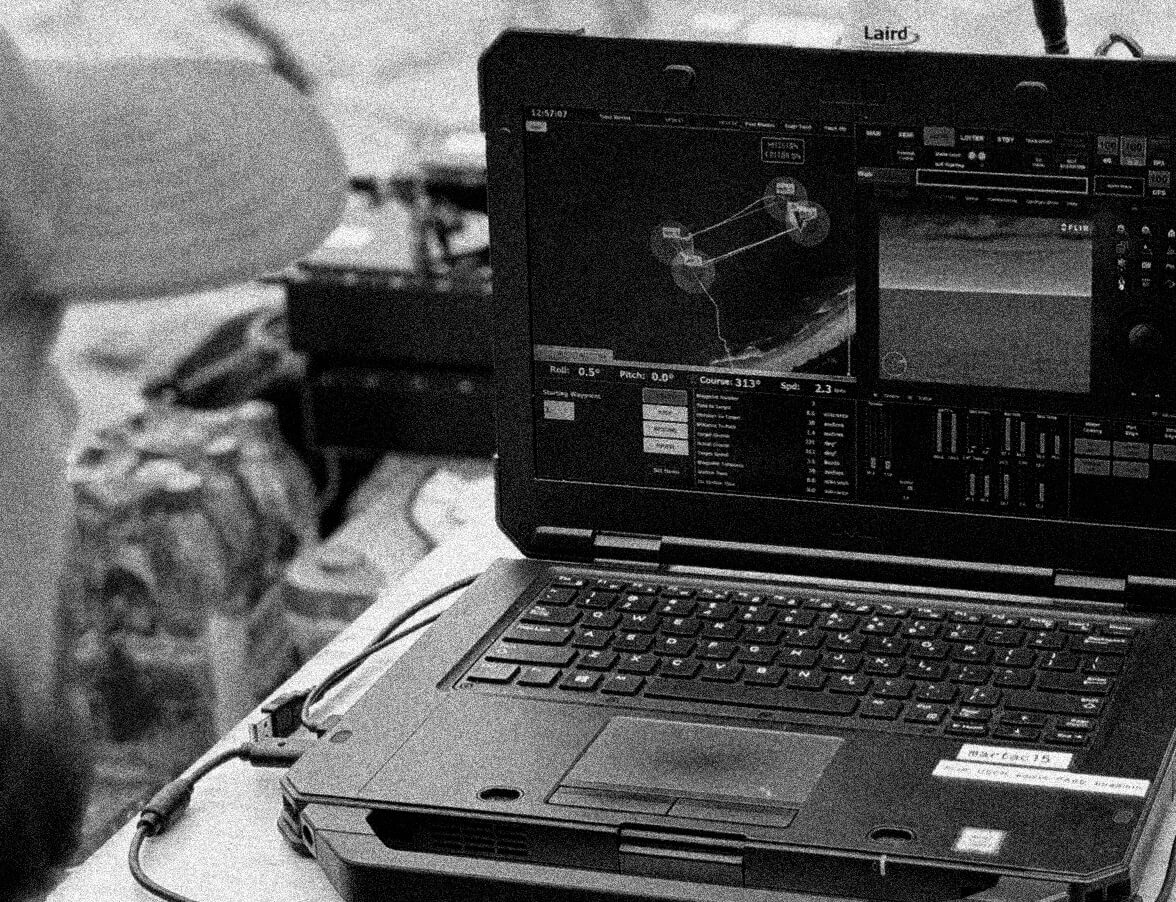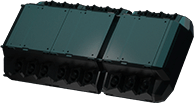- Technology
-
Vessels
FLANQ USVs are smart USVs – intelligent, scalable, and highly customisable. Designed for the mission – whatever the mission – they can carry diverse senor and effector payloads and excel in both solo and coordinated, wolf pack deployments.
-
Vehicles
FLANQ-powered autonomous and remotely controlled underwater vehicles play a critical role in modern defence, enhancing capabilities across surveillance, reconnaissance, and combat missions – from naval base protection to underwater warfare training.
-
Payloads
Transform your situational awareness above and below the water. Optimised for size, weight and power and integrated using FLANQ’s Q-KONTROL backbone, our vehicle-agnostic technologies let you sense threats, decide the outcome and enable the response.






